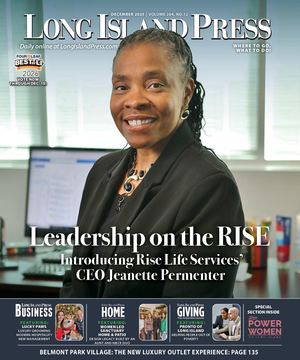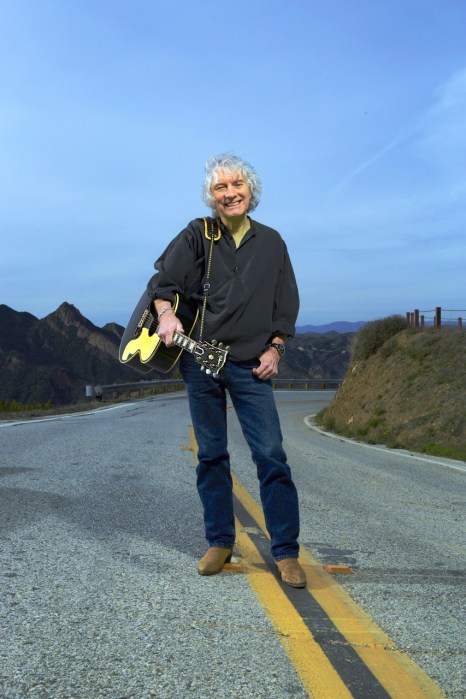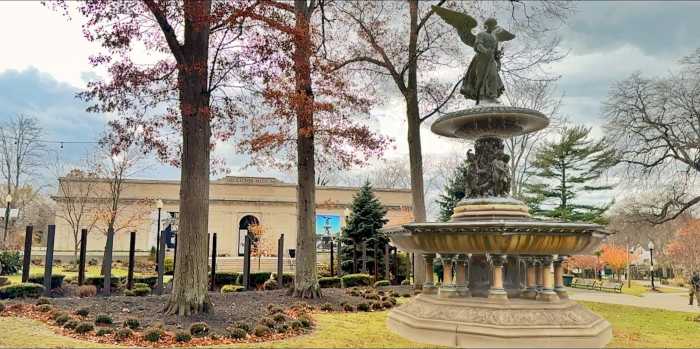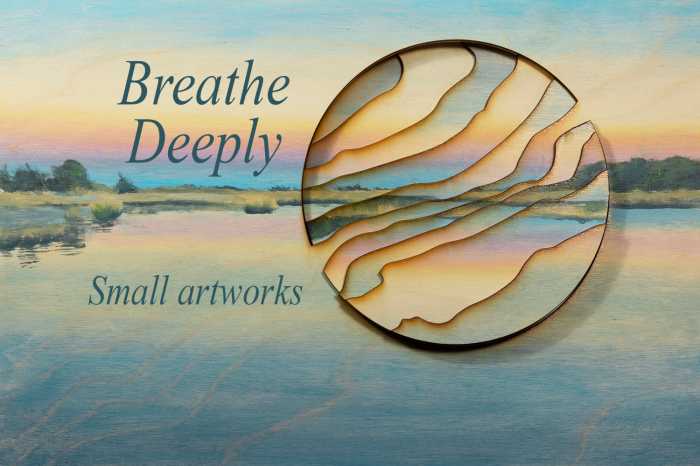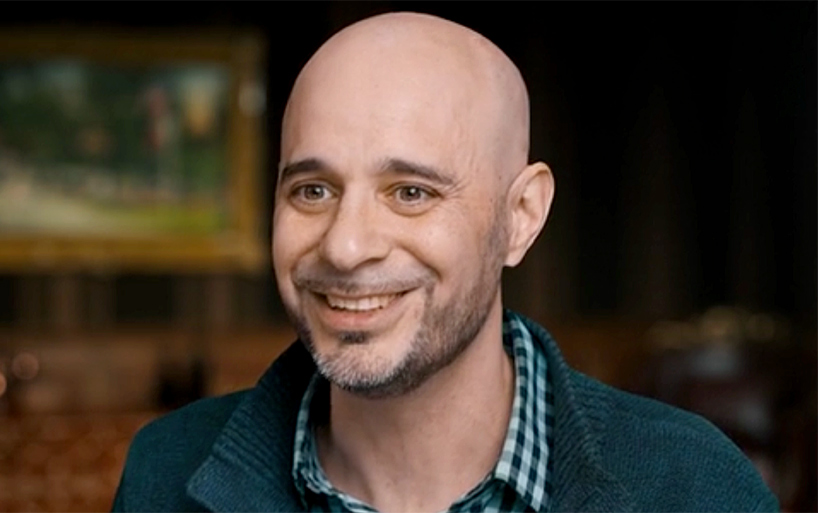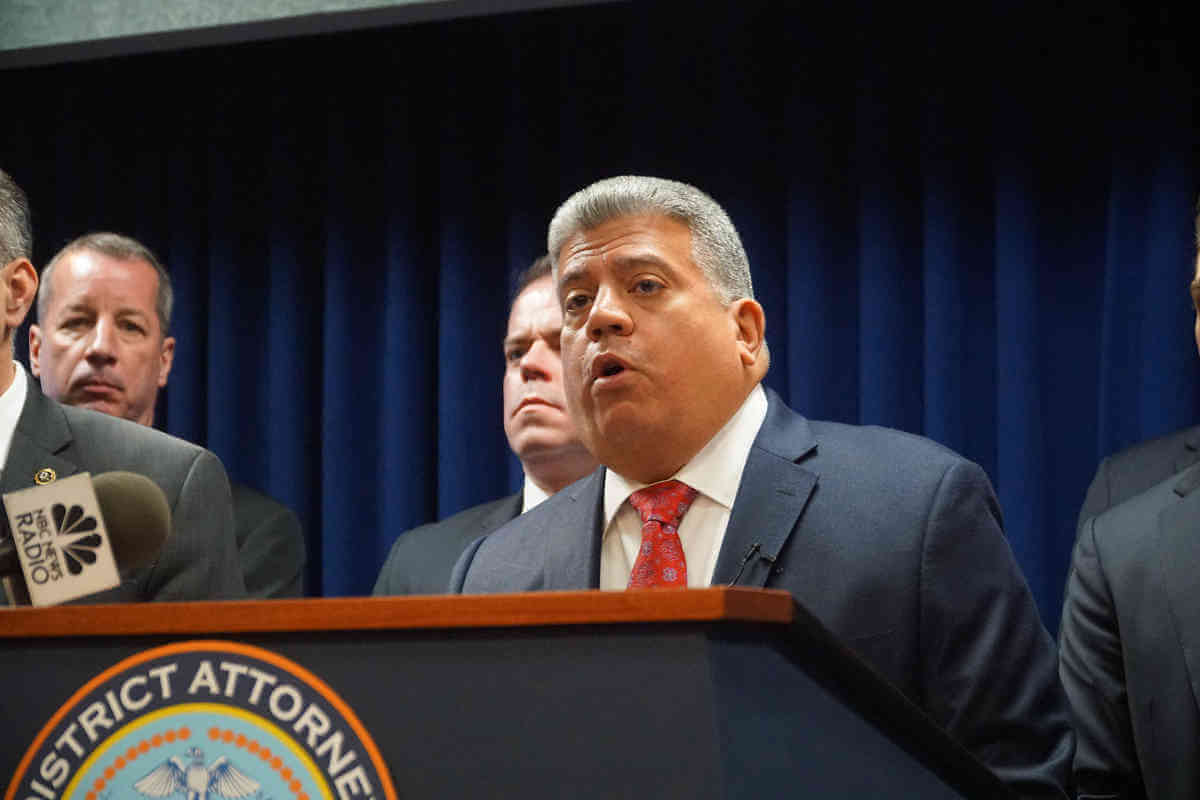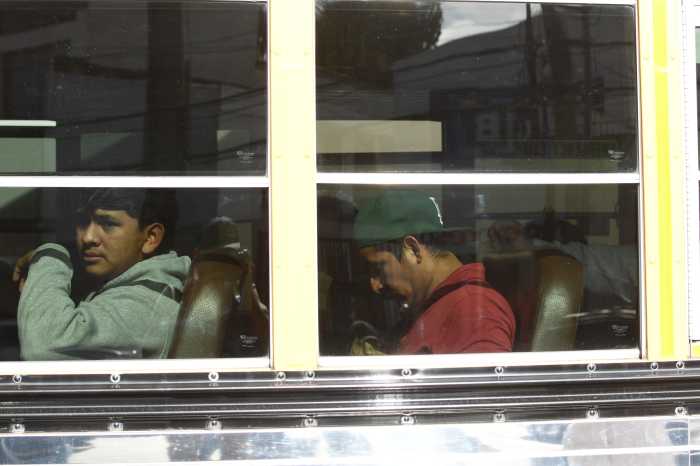
Neil deGrasse Tyson has seen the 1990 image of Earth sent from Voyager 1 as the space probe sailed billions of miles into space numerous times. The image, so eloquently described by Carl Sagan as the “Pale Blue Dot,” has come to symbolize the fleeting nature of the planet’s people and all their trivial problems.
As Tyson gazes at the photo, with the massive Earth reduced to a barely discernible speck, the director of the Hayden Planetarium at the American Museum of Natural History takes on what he calls the cosmic perspective—a viewpoint that forces humanity to reconsider its earthly priorities.
“From space, when you look at the Earth, one of the first things you notice—other than land masses, clouds and oceans—is that there are no color-coded countries, no boundaries based on territories,” he said. “Humans have carved out boundaries and fought wars based on these boundaries that they themselves have put on this ball that is just floating in orbit around the sun. To astrophysicists, it’s counterintuitive, tragic and laughable.”

(Photo by Daniel Deitch 2004)
Tyson brings this perspective to the NYCB Theatre at Westbury Dec. 10 with a program titled “The Cosmic Perspective.” The affable astrophysicist, who has achieved rock star status thanks to his ability to communicate the mysteries of the universe to the public through the talk show circuit and social media, recalls the development of the idea that the Earth itself is a shared entity.
In the 1960s, movements to save the planet and clean the atmosphere began to germinate on a global level. Tyson credits this movement to the early days of space exploration.
“We didn’t truly understand the shared nature of the planet until we had images of Earth brought back to us from space,” said Tyson. “There was an emergent social awareness made possible by space exploration. We are more than just countries.”
The “cosmic perspective” described by Tyson allows for a big picture point of view. Tyson said this perspective takes the atmosphere once thought of as merely the air above one’s head and transforms it into a shared blanket around the world. On a loftier level, Tyson believes this perspective provides a brand new outlook for nearly every facet of life—especially some of the darker, more dreadful elements.
“Wars are almost always fought because one or both sides of those battling are sure that their ideas are correct and the opposition is wrong. And they believe this so strongly that they are willing to kill you because of it,” he said, adding that this runs in direct opposition to a scientific approach. “In science, you demonstrate an object to be true, but if you are proven wrong, you move on.”
 Tyson has demonstrated cosmic ideas on platforms such as StarTalk, a podcast on space, science and popular culture, as well as on the documentary Cosmos: A Spacetime Odyssey, a revival of Carl Sagan’s PBS series from the 1980s. In Cosmos, which Tyson said might return for a second season, the astrophysicist takes viewers aboard his “ship of the imagination” to reveal various secrets of the universe, including what happens at the event horizon of a black hole, the nature of atomic and subatomic particles and the events leading up to the planet’s numerous mass extinctions. (To read about Tyson’s movie tweets, click here.)
Tyson has demonstrated cosmic ideas on platforms such as StarTalk, a podcast on space, science and popular culture, as well as on the documentary Cosmos: A Spacetime Odyssey, a revival of Carl Sagan’s PBS series from the 1980s. In Cosmos, which Tyson said might return for a second season, the astrophysicist takes viewers aboard his “ship of the imagination” to reveal various secrets of the universe, including what happens at the event horizon of a black hole, the nature of atomic and subatomic particles and the events leading up to the planet’s numerous mass extinctions. (To read about Tyson’s movie tweets, click here.)
These platforms, coupled with Tyson’s extensive public appearances and speaking engagements, raises the level of scientific discourse by making this seemingly daunting subject matter understandable and digestible for a much wider audience than science had ever previously enjoyed.
But rather than silly renderings for children, Tyson’s teachings are geared toward expanding the scientific knowledge of those who wield the power in society—dangerously narrow-minded adults.
“I’m happy to create science literacy in children, but I’m not patient enough to wait 30 years for them to take over,” he said. “We need adults who understand the science of things. Adults create curriculum. Adults hire teachers and they are the teachers. Adults are running the show. We don’t have scientifically literate adults and that is what worries me.”
And when it comes to fostering a love of science in the minds of children, Tyson has one simple piece of advice—get out of their way.
“Children are always turning over rocks and poking and prodding their environment in the act of exploring their world,” he said. “Adults tend to have this reaction that we need to watch children constantly because they might skin their knee or break something. You don’t raise kids under the notion that nothing will ever break. You have to give them space and stop interfering with their curiosity.”

Scientific curiosity among the numerous earthlings is quickly rising to supermassive levels, according to Tyson. The Bronx-born astrophysicist recalls traveling the speaking circuit and talking to rooms packed with people in the largest lecture halls at various universities, but back then the buzz was only among academics, professors and students.
“Science is big now,” he said. “There’s a demand for it and we’ve figured out that the demand is coming from the general public.”
When that demand lands Tyson in the theater-in-the-round at Westbury, he expects to convey the idea that the science of everything is a constantly evolving notion; that all of the things proven are merely waiting for a new idea to come along and shake its foundation.
Just another day on the pale blue dot through the lens of the cosmic perspective.
“Science knows no boundaries, no religions, no nations,” he said. “The simplest way to assess your position is from above.”
Neil deGrasse Tyson will be appearing on Dec. 10 at the NYCB Theatre @ Westbury, 960 Brush Hollow Rd., Westbury. For more information, call 800-745-3000 or visit www.thetheatreatwestbury.com. Tyson will also be appearing on Dec. 1 at Kings Theatre and on Dec. 2 and 3 at NJPAC. For more information on the earlier date, call 929-210-8418 or visit www.kingstheatre.com. For information on the New Jersey dates, call 973-642-8989 or visit www.njpac.org.
